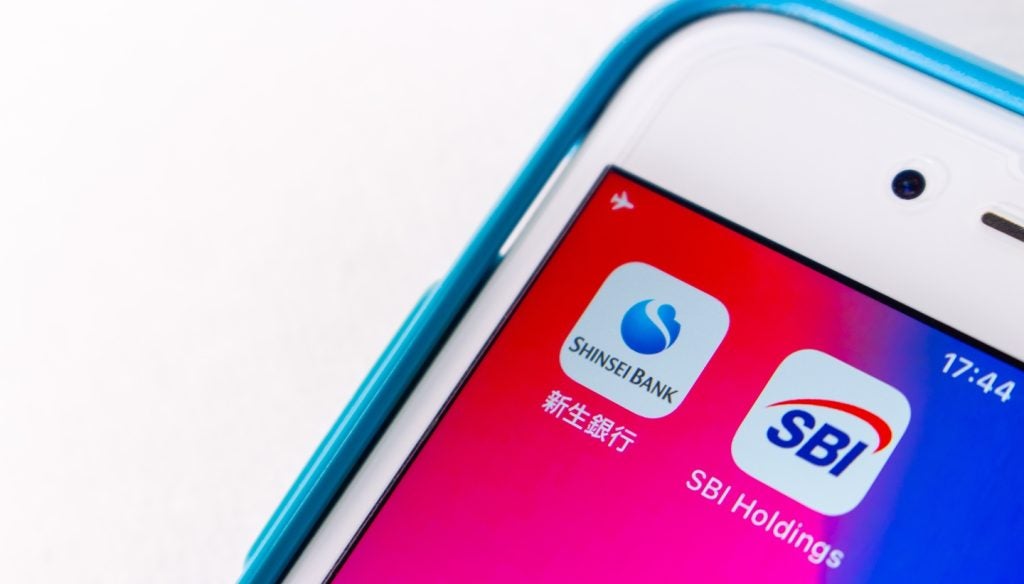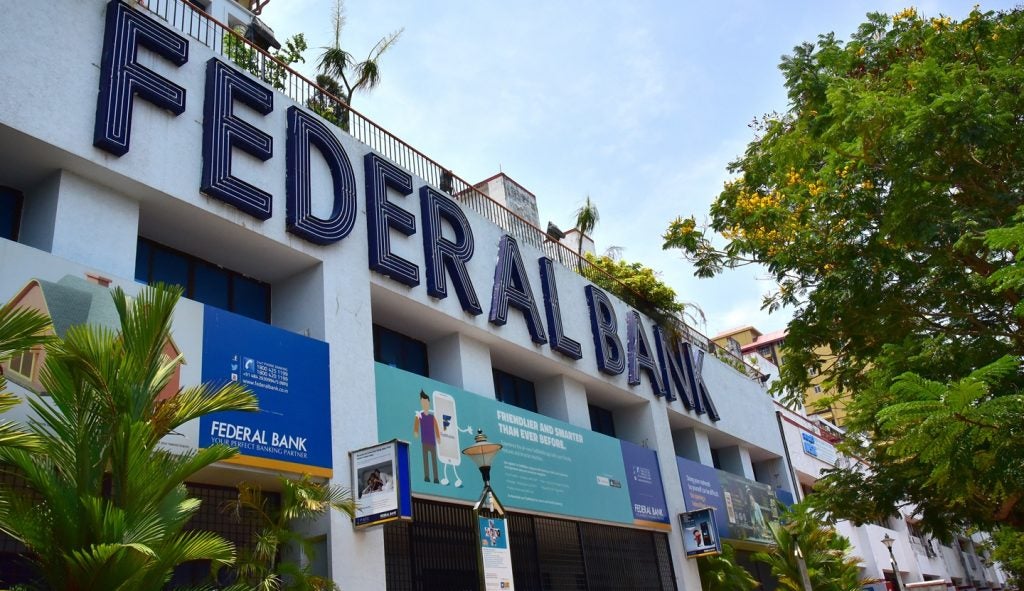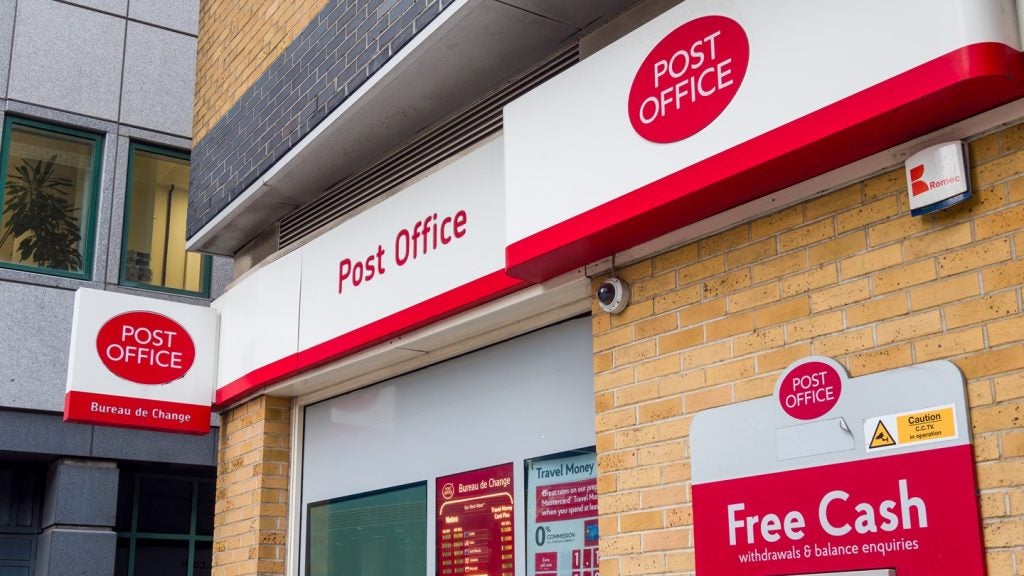The growth in the sales of smartphones
around the world has expanded consumers’ horizons of what they can
do with their handsets. Andrew Steadman, director of product
management, bank solutions, Fiserv, argues that putting mobile
banking at the top of the agenda needs to be a priority for every
retail bank.
 No one can reasonably argue the past two years have
No one can reasonably argue the past two years have
been anything but challenging for banks. Budgetary constraints and
jaded views have meant they have had to think smarter and work
harder to retain customers.
While
spend and development on new channels has been kept to a minimum,
this is all now set to change. Juniper Research predicts mobile
banking is set to exceed 150m users globally this
year.
Smartphones and iPhones are gaining mass market
appeal and as a result customers are demanding, and expecting,
access to mobile banking services.
Mobile
banking is approaching the tipping point as consumers increasingly
regard mobile phones as multifunction mobile communication and
computing devices; as a result, banks around the world need to
prioritise putting in place a successful m-banking
strategy.

US Tariffs are shifting - will you react or anticipate?
Don’t let policy changes catch you off guard. Stay proactive with real-time data and expert analysis.
By GlobalDataMobile
banking is not simply online banking on a mobile device. This year,
new ways of transferring money and peer-to-peer payments are
gaining acceptance.
Mobile
offers the opportunity to reach new customers without access to, or
who have shunned, traditional banking channels. It offers
innovation and simplicity in interacting with the financial
institution anytime -be it paying bills or current account
balances.
The
bank can also reach the customer through alerts on low balances or
potentially fraudulent activity. Mobile also offers the ability to
provide location-based services or use of the camera for banking –
such as QR codes or deposit capture – distinct services not found
through any other channel.
All talk but no
action
 Mobile adoption in banks has
Mobile adoption in banks has
been slow despite being available for a number of years. At the
same time, customer expectation is that mobile access should be
offered by all banks.
At the
mobile keynote session at the 2010 Sibos conference in Amsterdam,
it was estimated only 3% to 5% of smartphone owners actually used
their phone for banking. This is not because these users do not
have the right device or functionality but rather because their
banks do not provide this service.
Customers are fickle when they feel like they do
not have control over their banking experience or the services
provided to them. Compound this with the lack of availability and
it means banks are missing an opportunity to not only grow but also
maintain their client base.
Banks
have taken a traditional approach of viewing customer interactions
as financial transactions. The customer, however, is no longer
traditional. Gen Y consumers want access to all their banking
services across traditional and non-traditional
channels.
To
target the Gen Y customer, it is crucial for banks to interact in a
way that fits in with their lifestyle.
Banks
should engage them by providing them with a range of channel
options that fit unique needs and 24/7 availability and which allow
consumers to begin a transaction or service in one and then resume
it seamlessly in the next.
Preference
management
In
order to reach the Gen Y customers, banks need to adjust,
understand and manage their activity in an innovative way.
Unfortunately many banks are falling foul by not having a single
view of their customer.
Paramount to this is ensuring preference management
is in place for banks to store and recognise the customer each time
they have an interaction. Banks must also provide comprehensive
reporting across all the other engagement channels to help with
diagnosing customer interactions, monitoring security, and
delivering an appropriate level of customer
support.
One
well-known Tier 1 bank found more than 50% of its customers
enrolled in mobile banking as a result of preference management.
Eighty-five% of these customers became active users of mobile
banking. When customers enrolled without preference management this
figure dropped to 30 per cent.
At the
same institution, mobile banking decreased branch visits by 48%,
which ultimately reduced operational costs. This highlights how
important the single view is.
Gen Y
consumers are on the move – using mobile services relevant and
personalised depending on the customer’s location is a big
opportunity to capture their business.
Once a
comprehensive mobile banking channel is in place it will encourage
customers to use other banking services. Why?
Because mobile reduces the
complexity of banking. Those banks that innovate early will be well
placed to grow customer loyalty.








